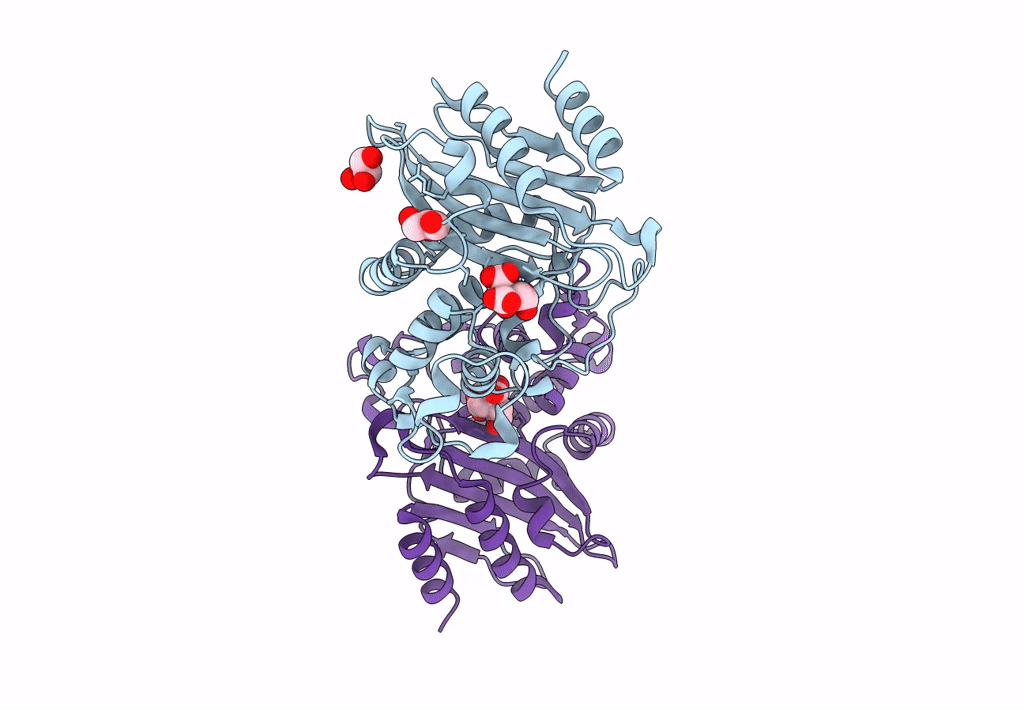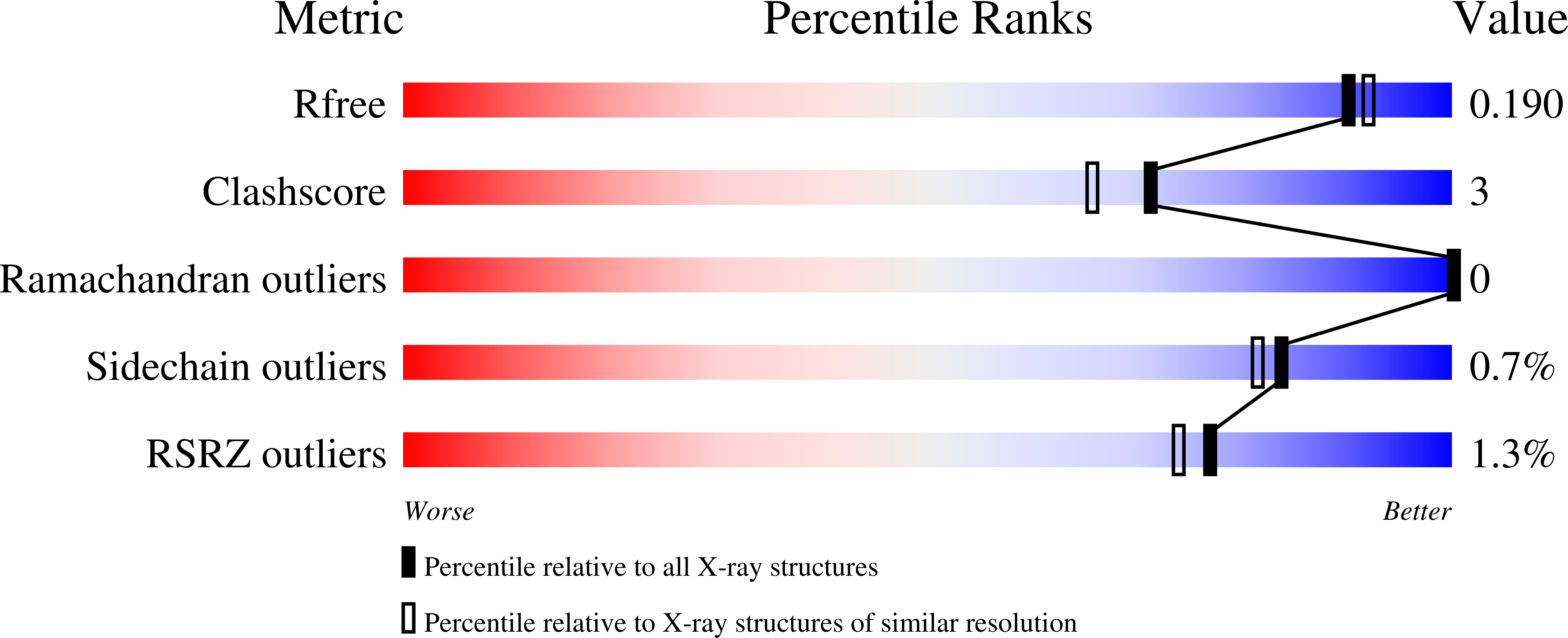
Deposition Date
2023-03-10
Release Date
2023-08-23
Last Version Date
2024-10-09
Entry Detail
PDB ID:
8OE5
Keywords:
Title:
Structure of P167S BlaC from Mycobacterium tuberculosis at pH 6.3
Biological Source:
Source Organism:
Mycobacterium tuberculosis (Taxon ID: 1773)
Host Organism:
Method Details:
Experimental Method:
Resolution:
1.80 Å
R-Value Free:
0.18
R-Value Work:
0.15
R-Value Observed:
0.16
Space Group:
P 1


